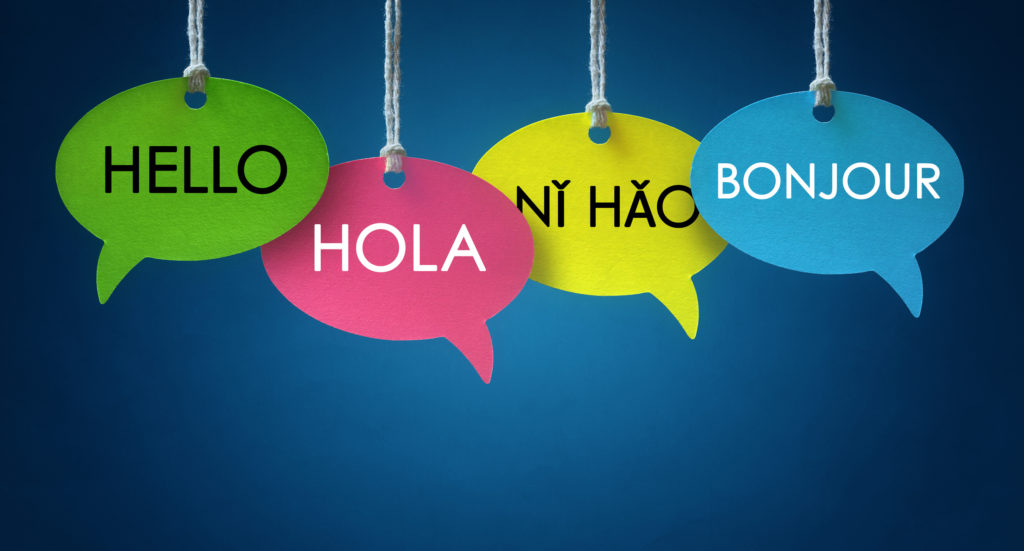Here at LAT we’ve been thinking a lot about cultural marketing. In particular, what it is in relation to social media, why it matters, and how to approach it. While cultural marketing is a large topic that encompasses multiple strategies, the concept of engaging with people in their own language and culture on social media is quite simple: your customers are unique, so why not treat them that way? You want your social media content to connect with your audience, but since they come from various linguistic and cultural backgrounds, adapting your content for key target markets simply makes sense. There are lots of things to consider before launching a multilingual social media strategy, but here are three quick tips to get you started.
1) Know Your Audience
Getting set up on multiple social networks in multiple languages makes sense if those networks and languages reflect your customer base. Luxury brands are increasingly turning to Sina Weibo to reach Chinese customers locally, while others may want to enhance their French Canadian translation services by incorporating Facebook and Twitter campaigns for their Québec customers. Regardless of your industry, it is clear that a multilingual approach will reach your target markets since less than 30% of the population uses the Internet in English. Check out the infographic below to see where your audience fits in:
2) Localize, localize, localize
Once you have identified your audience, think about their interests and adapt your content accordingly. Multilingual social media is not effective if you simply translate your original content into another language; it is important to keep in mind that switching languages also involves switching cultures. How do you make sure that your content is effectively localized? Work with people who live in your target market. They’ll have the insider knowledge that will give your content a fresh perspective.
3) Be Human
Whether you’re working in one language or several, social media is about building connections. You need to be able to interact with followers and influencers effectively on each network you use, and in each language. Social media is a great tool for customer service, but only if you have people monitoring your accounts regularly. When developing your multilingual social media strategy, make sure someone can reach out and engage other users and quickly respond to interactions on your own accounts. Ultimately, the digital world is made up of people connecting with people, so you want your company’s voice to reflect that.



![Connect with South Asian Canadians With These English [And Hindi!] Diwali Wishes](https://www.latmultilingual.com/wp-content/uploads/2023/11/Diwali-500x383.png)









